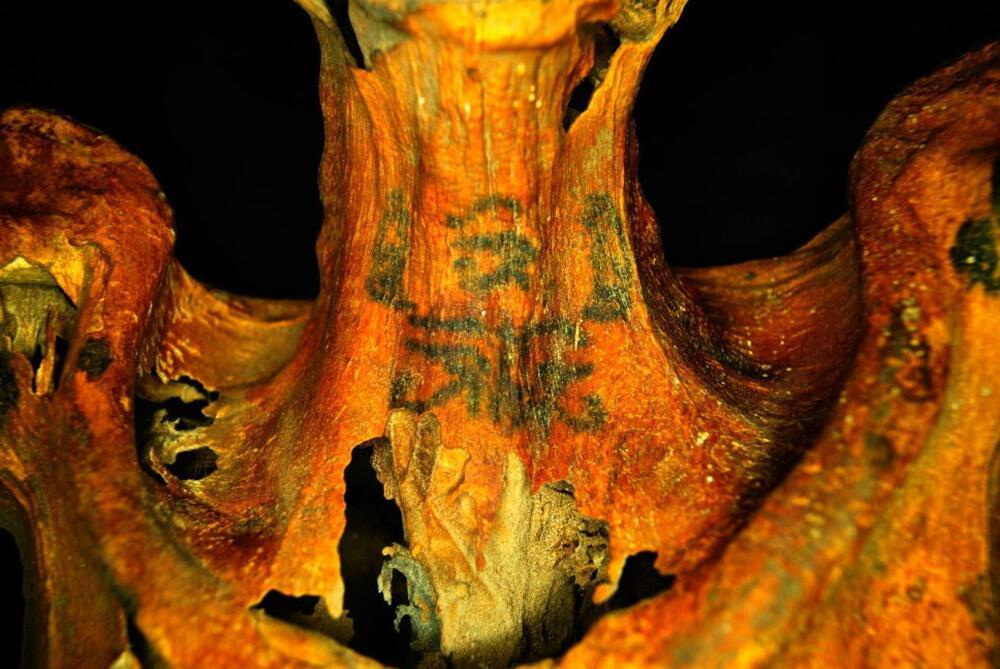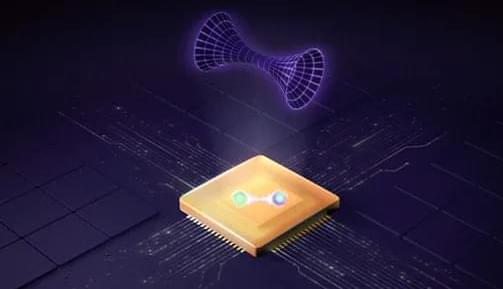A new study led by UCL researchers has identified patterns in how common health conditions occur together in the same individuals, using data from 4 million patients in England.
With advancing age, millions of people live with multiple conditions—sometimes referred to as multimorbidity—and the proportion of people affected in this way is expected to rise over the next decades. However, medical education and training, health care delivery, clinical guidelines and research have evolved to focus on one disease at a time.
The Academy of Medical Sciences and the UK Chief Medical Officer (CMO) have recognized this problem and set out a challenge of investigating which diseases co-occur in the same individuals and why.







